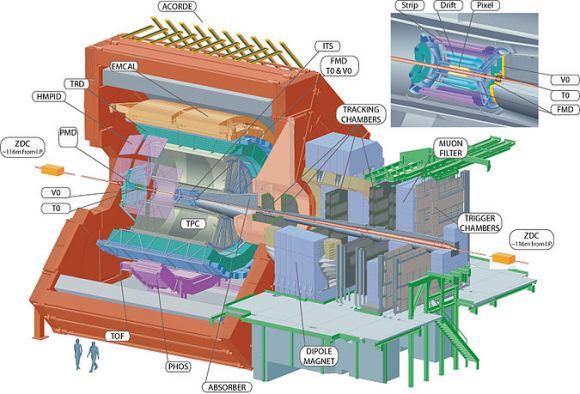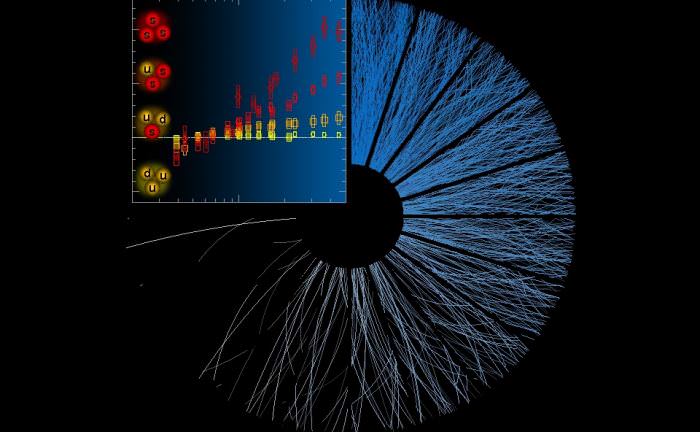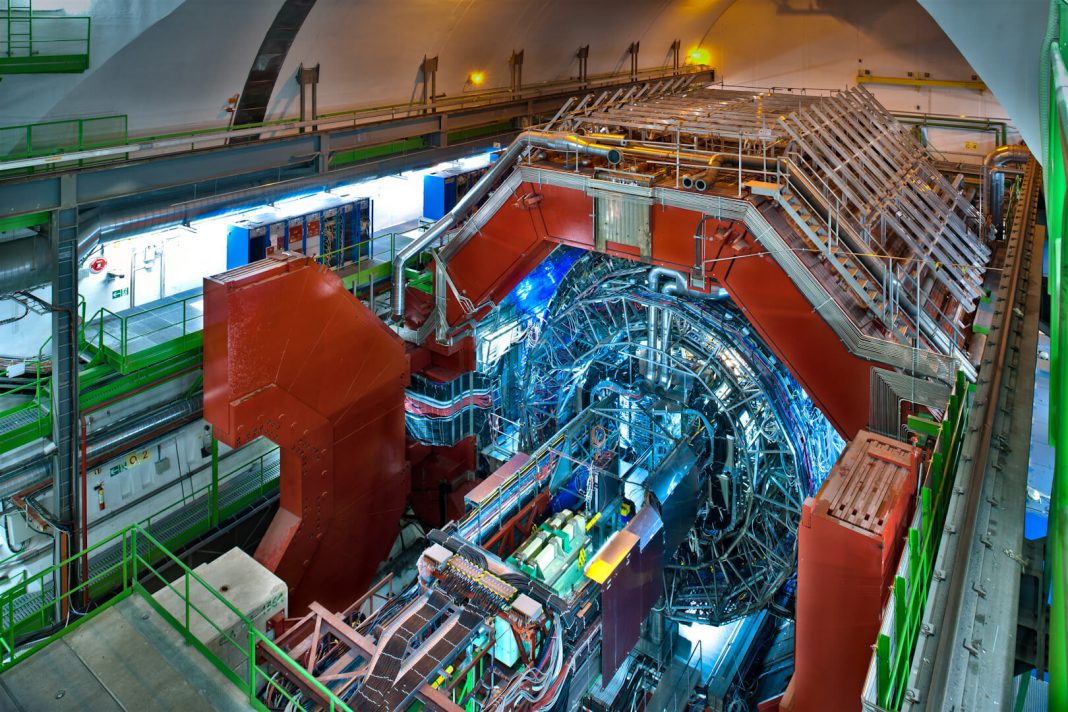With so many mystifying discoveries in physics as of late, like finding brand new particles and a negative effect mass fluid, the newest data from ALICE is adding strangeness to the top of the pile. ALICE (A Large Ion Collider Experiment) is one of seven detectors that are a part of the Large Hadron Collider (LHC). As explained on the CERN website, ALICE’s purpose is to “study the physics of strongly interacting matter at extreme energy densities, where a phase of matter called quark-gluon plasma forms.” This plasma is a matter that existed solely in the immediate fragments of a second following the Big Bang.

Recalling what many of us learned in grade school, the most normal matter is made of atoms, which are further composed of neutrons and protons, which themselves are made of quarks. Quarks are held in a state, called confinement, with gluons. They are permanently attached and never seen separately.
Recently released results from CERN shows that using the LHC, lead ions were collided at exaggerated speeds, reaching temperatures 100,000 times higher that the Sun, breaking confinement between quarks and gluons. In radical conditions mimicking the environment of the Big Bang, a quark-gluon plasma formed.
In addition to the quark-gluon plasma, a somewhat expected and understood the result, CERN researchers also observed an increased formation of strange hadrons, which was not expected. Strange Hadrons, a collection of familiar particles called Xi, Omega, Lambda, and Kaon, are so-called because they each contain a strange quark. This discovery is worth mention because, while strange hadrons are an expected outcome of nuclei collision, they have not been created before in proton to proton collisions. CERN has called this aspect “enhanced strangeness production”

A spokesperson for the ALICE collaboration, Frederico Antinori explains the fervor around the discovery: “We are very excited about this discovery. We are again learning a lot about this primordial state of matter. Being able to isolate the quark-gluon-plasma-like phenomena in a smaller and simpler system, such as the collision between two protons, opens up an entirely new dimension for the study of the properties of the fundamental state that our universe emerged from.”
Now that CERN can produce quark-gluon plasma, physicists hope to investigate strong interaction, one of the four fundamental forces, as well as the enhanced strangeness production. Originally predicted in the 1980’s and first observed in the 90’s, also at CERN but with their Super Proton Synchrotron, ALICE at the LHC gives a renewed and better chance to analyze the protein on protein enhanced strangeness production in heavy ion collisions.
According to a CERN press release, “Studying these processes more precisely will be key to better understand the microscopic mechanisms of the quark-gluon plasma and the collective behavior of particles in small systems.”
More News to Read
- Testing Quantum Gravity with Merging Black Holes
- Starting a Company? Trust Your Instinct and Stop Listening People
- Radio Waves Might Help Protect Our World From Deadly Space Weather
- Can New Startup Grail Beat Cancer With its New Form of Testing?
- No Time For Visiting Art Galleries? Google Here to Help!!











